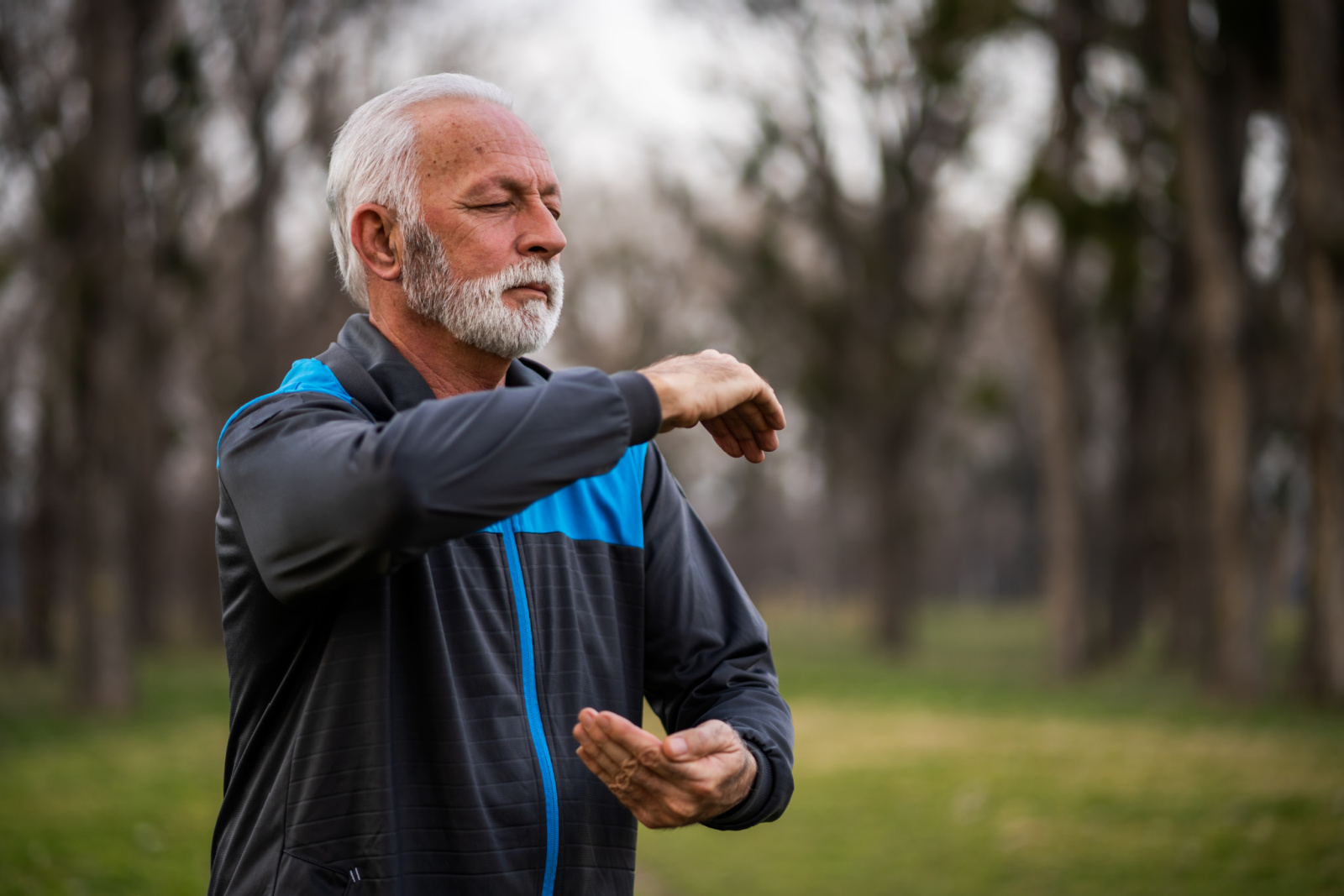Most of us know that regular exercise is a crucial component of living (and aging) in a healthy way. For those diagnosed with Parkinson’s Disease, this is especially true.
Those living with Parkinson’s Disease will experience a range of physical symptoms. They may experience tremors, weakness of their limbs, stiffness, shuffling of their gate, and loss of coordination and balance. Regular exercise can help mitigate these symptoms by strengthening muscle groups and encouraging joint flexibility and limberness. Not only does regular exercise help with the physical symptoms of Parkinson’s Disease – it helps with the mental and emotional aspects as well, combatting concentration loss, anxiety, and depression.
Studies show that regular exercise slows the progression of symptoms caused by PD and increases the longevity of life quality.
Of course, the earlier you start a regular exercise routine, the better. But regular physical activity at any stage of Parkinson’s is beneficial. Below are some types of exercise that are particularly helpful for those living with PD:
- Tai Chi – This gentle exercise can sometimes be referred to as meditation in motion. Tai Chi is an ancient Chinese practice that involves moving into different postures using fluid movement. This can be a good exercise for those living with Parkinson’s Disease, as it is slow and gentle. Studies have shown that those diagnosed with PD who participate in regular Tai Chi show improved functionality, improved balance impairments, and reduced falls.
- Yoga – For those living with PD, Yoga can help with flexibility and warding off muscle rigidity. This is a low-impact practice that can help improve strength, flexibility, and limberness.
- Pilates – Pilates is another low-impact exercise that can improve the symptoms of Parkinson’s Disease. Pilates helps with strength, coordination, balance, posture, flexibility, and muscular strength. Because it is low-impact, the risk of injury with Pilates is low as well.
- Qigong – this is another fluid movement exercise that encourages intention and breathwork with low-impact movement. Studies done involving those diagnosed with PD who participate in Qigong show notable improvements in their motor function, overall balance, and ability to walk. There are many types and subsets of Qigong, which you can read more about here.
- Non-Contact Boxing – This low-impact form of boxing helps individuals with PD show improvement in their balance and gait. There is even a non-profit organization devoted to addressing Parkinson’s symptoms with non-contact boxing. Rock Steady Boxing has been in the business of training since 2006. They believe that non-contact boxing improves the physical symptoms of PD and instills empowerment and control over the disease by allowing one to physically “fight” against the disease.
There are different ways to modify specific exercises so that they can be done safely and effectively. Stanford Medicine provides a list of free exercise programs. The resources on this list include modified chair exercises, short-duration sets, and dance videos that you can stream online in the safety and comfort of your own home. Of course, not all exercise programs will be appropriate for everyone diagnosed with PD.
The important thing to remember is that any physical activity done consistently will improve the mind, body, and spirit.
A diagnosis of Parkinson’s Disease can be overwhelming, but you can have a measure of control over your symptoms and how quickly the disease progresses. Regular and consistent physical activity is proven to slow disease progression and improve the overall quality of life. If you or someone you know has been diagnosed with PD and is struggling, reach out to us today to see how we can help you maintain or even improve your quality of life.

